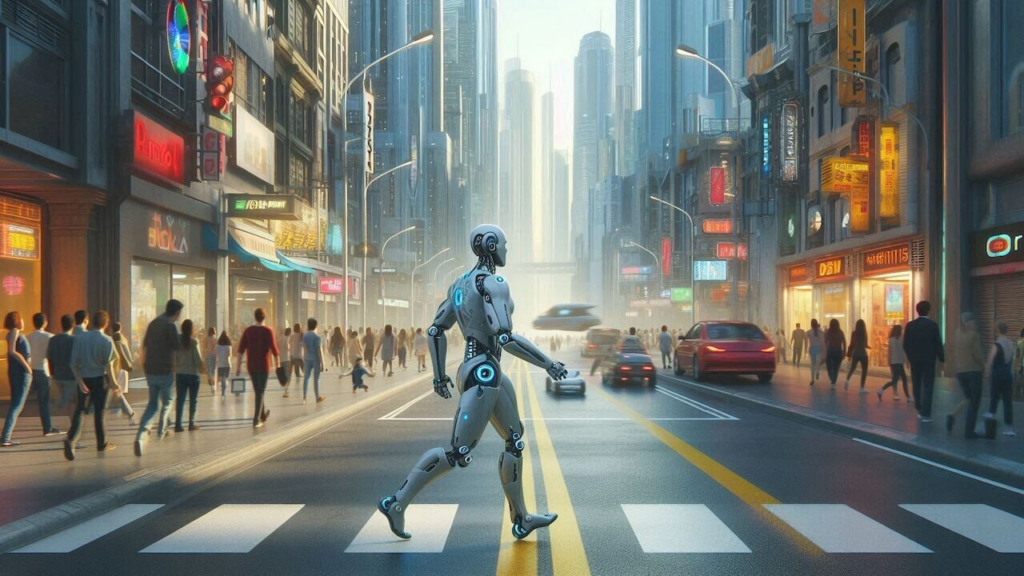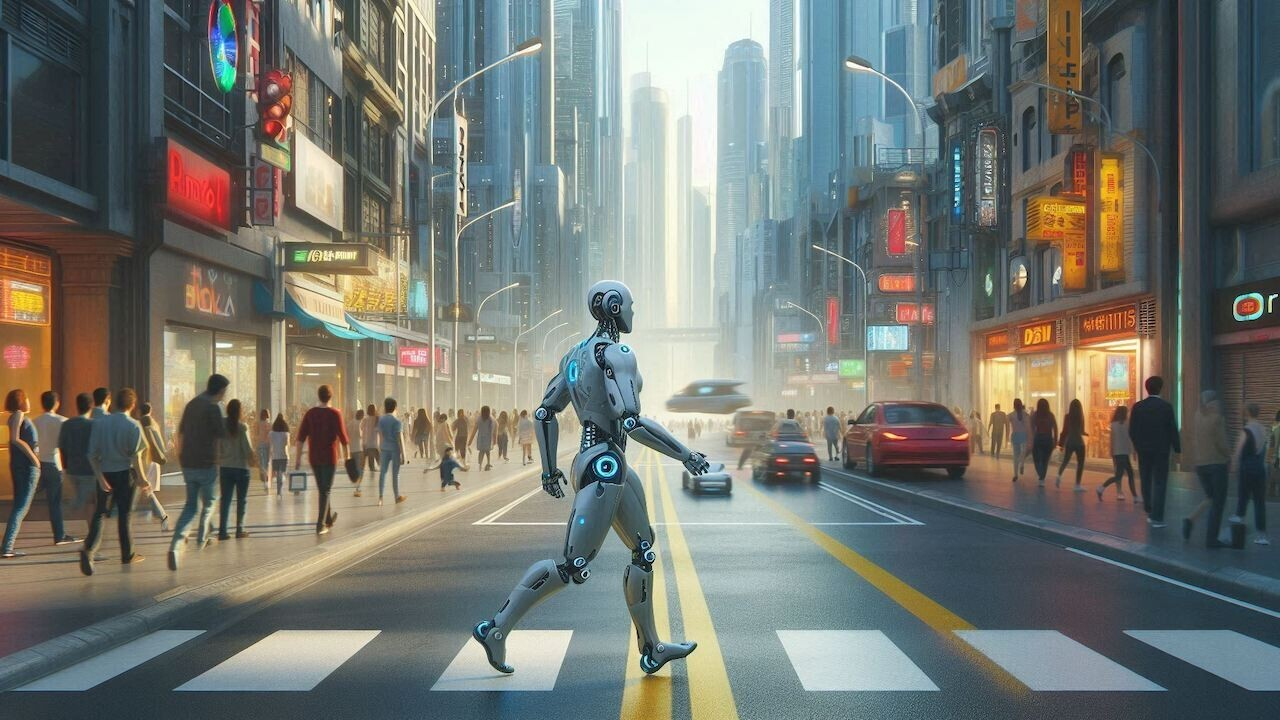Are we ready to live amongst robots?
Rethinking social norms in the age of intelligent robotics

Arguably the most important thing that the rise of intelligent AI could potentially bring is access. Access to goods, services, and information not just for the few, but for everyone.
Victoria Slivkoff, Head of Ecosystem at Walden Catalyst and Managing Director of Extreme Tech Challenge — a nonprofit uniting startups and VCs to accelerate progress toward the UN Sustainable Development Goals (SDGs) — is excited for what lies ahead. In her view, the physical manifestation of AI could bring us closer to realising these ambitious goals.
“Now we’re moving into the area of reasoning. AI is not just aggregating and organising information, it’s actually making predictions and drawing conclusions. How does that translate to the real world where robots can sense, learn, and interact with their surroundings?” she said to TNW founder Boris Veldhuijzen van Zaten in the latest episode of “Kia’s Next Big Drive.”
Watch the full interview where Victoria and Boris discuss how we can leverage emerging technologies for positive global impact as they drive to TNW2025 in Kia’s 100% electric EV9 SUV.

In the not too distant future, we could be living in a world where robots are regularly navigating busy streets, offices, and classrooms. But as they become more common in our daily lives, is it them or us who will need to adapt most?
Robots jumping the queue
Picture this: you’re waiting for the elevator and a robot arrives at the same time. Who goes in first? If there’s only room for one, would you expect the robot to step aside, or would you treat it like a human and follow a “first come, first serve” approach?
Past studies have found that most people expect service robots to be submissive, leading humans to prioritise themselves during conflicts, even in instances when a robot’s task was more urgent.
What if a robot is carrying out a time specific task? The longer it waits until there are no humans in the queue, the longer it will take to complete it, whether it’s delivering a warm pizza or life saving medical supplies. So, how should robots navigate these social nuances without being ignored, undermined, or even bullied?
That’s what researchers aimed to find out last year in a study titled A Robot Jumping the Queue: Expectations About Politeness and Power During Conflicts in Everyday Human-Robot Encounters.
The researchers found that these robot-human interactions were more effective if participants expected an assertive robot which then asked politely for priority and entered first. But it’s not just robots that need to prepare to integrate into human society. The researchers highlighted that we may also need to rethink our attitudes and behaviours towards robots:
“Should we maybe start thinking of service robots as having certain rights regarding priority if they fulfil human jobs with human responsibilities — or act as proxies for people? This might also help address the issue of robot bullying.”
As robots take on not only more responsibilities but also develop reason and sentience, at what point should we begin rethinking their social status?
Robot teachers
Social robots — designed to communicate and interact with humans — are increasingly being used in caregiving, education, and mental health. In these settings, they help bridge service gaps, ease isolation, and offer emotional or learning support.
Utrecht University of Applied Sciences is among those researching how robots can do more than just fill in; they can augment and enrich human-centred fields. For example:
In healthcare, how can robots be used to ease pre-procedure anxiety in children? Or help teach emotional skills for young patients who struggle with emotion regulation.
At last year’s Lowlands Science festival, the University showcased WOKEbot, a project exploring how a robot’s appearance and narrative voice (first vs. third person) influence human openness when discussing polarising topics.
“Disagreements are timeless. People often manage to resolve them, but sometimes they simply can’t reach each other anymore. We saw this happen on a large scale not so long ago during the coronavirus pandemic. Are you for or against vaccination? When people dig in their heels and polarisation threatens, it can be helpful to have a neutral moderator,” said Dr. Mirjam de Haas. “The advantage of robots is that they are more neutral than humans. While you might be reserved with a person, a robot can make you more open and receptive to a different perspective.”
As part of her PhD research, Dr. Haas also conducted a number of successful experiments in using robotics to teach Dutch as a second language to students from linguistically diverse backgrounds. In her thesis defence, Dr. Haas explained that in the future, more and more students will fill classrooms. Having a robot aid will help facilitate learning for all students, including those with learning disabilities or those who are not yet fluent in Dutch.
Is the world safe for robots?
Perhaps the most recognisable robot in popular culture is The Terminator. In the first movie, a cyborg is sent back in time to assassinate the mother of humanity’s future leader. But, in the sequel, our villain returns with a new mission: to save humanity.
The SDGs were adopted by all UN members in 2015. Ten years on, in a world sliding further away from the 17 promises laid out for people and the planet, could robots deployed for good be the key to bringing us back to our humanity?
IT Resource Hub » Are we ready to live amongst robots?






